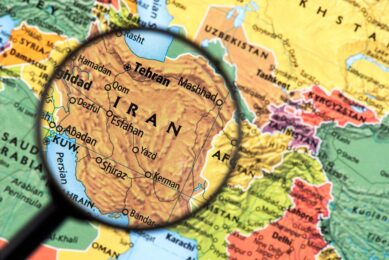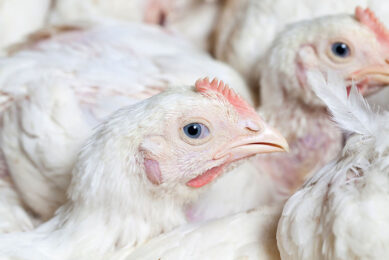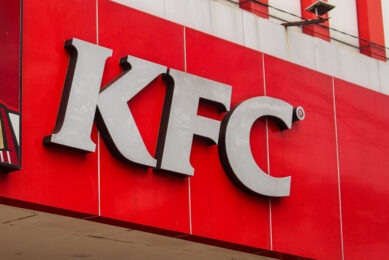Latest stats for poultry farming in the UK

Growing consumer preferences for poultry meat makes the industry a direct competitor to the pig sector in the UK, according to the latest statistics produced by the Agricultural and Horticultural Development Board (AHDB).
The AHDB said this week that poultry provided a cheap protein to consumers with the added perceived benefits of health and versatility.
Domestic poultry sales rising
In an article promoting the 5th edition of its Pig and Poultry Pocketbooks, the AHDB said data collected by Kantar Worldpanel showed that while GB household pork purchases by volume had been, for the majority of cuts, declining, poultry purchases on the whole, had shown a reverse trend.
EU market
It said the EU accounted for 68% of total trade, with the Netherlands and Ireland being the main destinations, although many shipments to the former will likely be for re-export.
African market
African destinations were prominent in terms of non-EU markets. However, unlike the pig industry, access to key Asian markets, except for Hong Kong, was not yet available to the poultry sector.
The Poultry Pocketbook has information on the marketing chain, poultry numbers, slaughtering and production, poultry and egg prices, imports and exports and consumption.
Self sufficiency down
Total UK poultry meat production rose last year from 1,73m tonnes to 1,77m and imports also rose from 942,000 tonnes to just over 1m tonnes. Exports remained steady at 335,000 tonnes, meaning that total consumption at 2.45m was up by 100,000 tonnes compared to 2015. The UK has a self-sufficiency of 72% in poultry meat – down from 79% in 2013.
Provisional egg data from 2015 showed also showed a rise from 839m dozen in 2014 to 866m dozen. Of these 729m dozen were sold in shell compared to 137m dozen for the processed sector. Imports, including shell egg equivalent (dried, frozen and liquid) egg, egg yolk and albumen rose slightly from 158m dozen to 167m dozen while exports were negligible. The UK was 85% self-sufficient in eggs in 2015.
Defra’s June 2016 survey found the total number of UK poultry in 2016 was 173m birds – the highest over the past 5 years. Figures for different types of birds were:
- 111 million broilers
- 51m breeding and laying fowl (38m hens and pullets laying eggs for eating and 13 million breeding flock)
- 11 million other poultry
- 4 million turkeys
Broiler slaughter stats
A total of 993 million broilers were slaughtered last year – a huge rise compared to the 760 million broilers slaughtered in 2000. At the other end of the scale, just 16 million turkeys went through abattoirs last year compared to 27 million at the turn of the century.
Egg stats
Figures from egg packing stations showed how the free range sector is now beginning to outpace enriched cage layers. In 2000, the number of cases from enriched birds was 16.1 million (1 case=360 eggs) compared to 4.6m cases of free range eggs.
But by last year, eggs from enriched cages had fallen to 13.9m cases while free range had reached 13.6m cases. Eggs from barn systems continue to fall – down from 1.7m cases in 2000 to just 642,000 cases last year while the organic sector has also seen a decline – down from 928m cases in 2010 to 719m last year.
Egg prices paid to producers showed a sharp decline for all systems last year with farmers receiving an average of 71p/dozen compared to 82.1p/dozen in 2015. Free range producers saw prices plunge from 98.8p/dozen to 84.3p/dozen while enriched cage eggs fell from 64.1p/dozen to 54.5p/dozen.
Join 31,000+ subscribers
Subscribe to our newsletter to stay updated about all the need-to-know content in the poultry sector, three times a week. Beheer
Beheer








 WP Admin
WP Admin  Bewerk bericht
Bewerk bericht